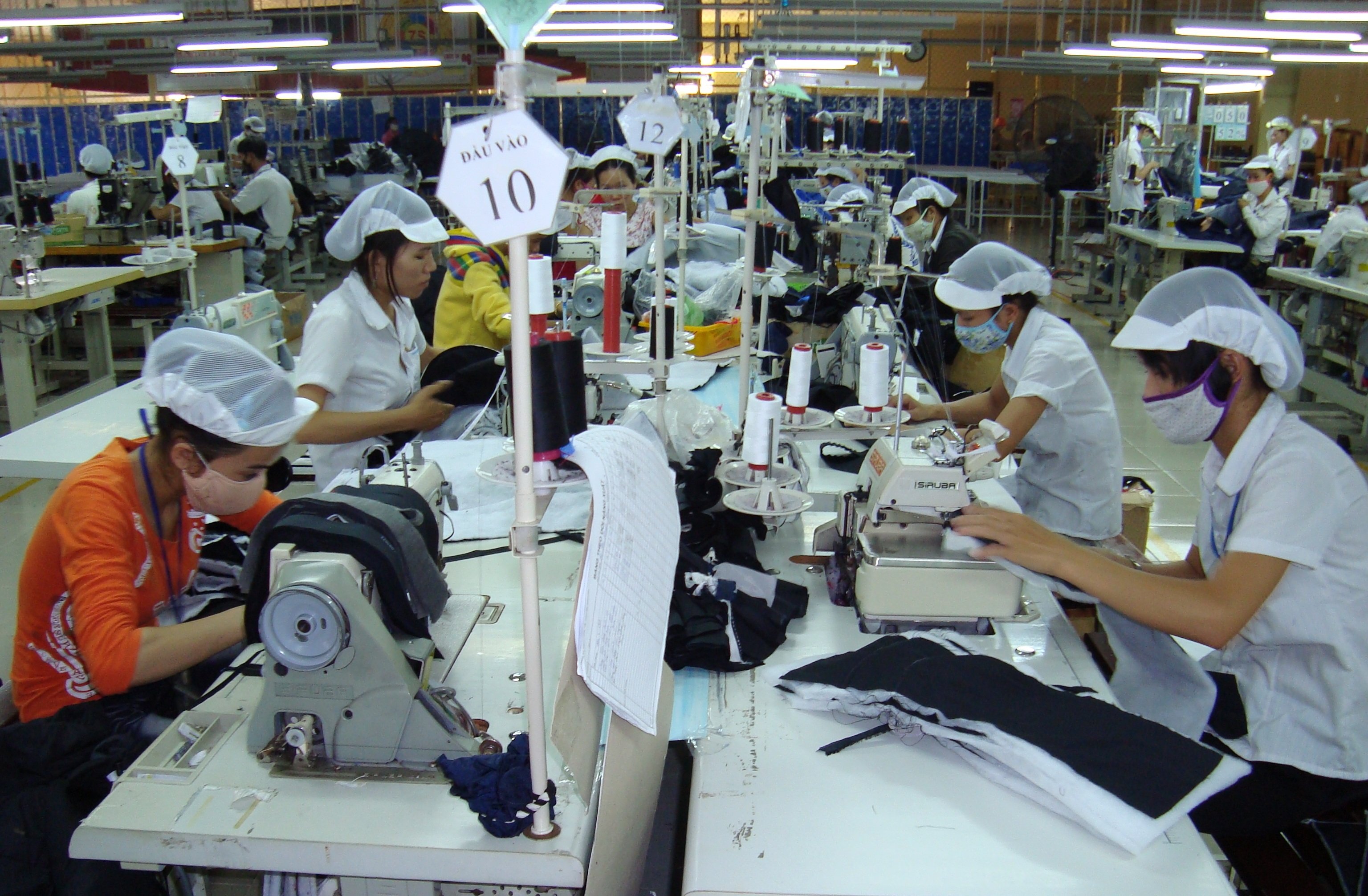- Enhancing the role and status of girls contributes to reducing gender imbalance at birth.
- Hanoi: Gender imbalance at high level, 113 boys/100 girls
- Tien Giang: Launching a communication campaign to reduce gender imbalance at birth

The surplus of men and shortage of women can cause social instability, increasing social evils such as prostitution and trafficking of girls and women.
Consequences of gender imbalance at birth
In 2011, the United Nations General Assembly chose October 11 every year as the International Day of the Girl Child. The purpose of this day is to raise awareness of gender equality including areas such as education, nutrition, health, etc.; to promote the community to implement policies to support the enhancement of the role and status of girls in particular and women in general, especially girls in families where only one child is a girl.
In Vietnam, the imbalance in the sex ratio at birth has become a challenge for population work since 2006. In 2015, the sex ratio at birth was very high at 112.8 boys/100 girls. In the period 2016-2022, the growth rate of the sex ratio at birth has been controlled, but is not stable and is still high compared to the natural balance (112 boys/100 girls, 2022).
The General Department of Population and Family Planning emphasized that if the gender imbalance at birth in Vietnam continues to increase and is not controlled, it will leave unpredictable social and economic consequences, affecting the country's sustainable development, even national political security...
International and Vietnamese studies have also pointed out the future consequences of the current gender imbalance. It is clear that the shortage of girls observed recently in many countries will lead to a shortage of women in all age groups in the future. The population structure in the coming decades will bear the imprint of current sex selection, with a male predominance in the population for a long time.
Based on in-depth analysis, the General Statistics Office and UNFPA have proposed a scenario of excess males compared to females aged 20-39 in the period 2019-2059. Accordingly, if Vietnam does not implement measures to change the sex ratio at birth between boys and girls, the surplus of males will increase from 563.5 thousand males in 2019 to 1.4 million males in 2059, corresponding to a surplus from 3.5% to 9.7% of the total number of males in Vietnam. With the scenario that Vietnam makes efforts to implement rapid changes, causing the sex ratio at birth to decrease steadily and return to 106.9% in 2059, although the surplus of males remains high, this number has decreased significantly to 926.5 thousand excess males, corresponding to 6.5% of the total number of males in the country.
According to social scientists, the main impact of the gender imbalance phenomenon will be related to the process of family formation and structure, especially the marriage system. Young men will be surplus to women due to the decreasing proportion of women in the same generation and as a result, they may face serious difficulties in finding a partner. Delayed marriage among men or increased singlehood are possible possibilities in the future due to the shortage of women of marriageable age. This will have an adverse impact on the family system in the future, especially in the fact that these societies are patriarchal (following the father's surname) and in the past most men were married. The consequences of this consequence will be able to cause social instability, increase in social evils such as prostitution, trafficking of girls, women and other social crimes due to their physiological needs not being met.
Promoting gender equality, reducing gender imbalance
Gender inequality is the root cause of the increasing gender imbalance at birth, and on the contrary, gender imbalance will deepen the problem of gender inequality, and adolescent girls are the most vulnerable. Therefore, it is necessary to create conditions for them to enter adulthood safely and equally. When they are empowered to make their own decisions about their lives, they have more opportunities to develop their potential, become positive factors creating change in their families, communities and countries. Therefore, protecting the rights of girls today is ensuring a fairer future.
According to the General Department of Population and Family Planning (Ministry of Health), the International Day of the Girl Child 2023 has the theme "Promoting gender equality, contributing to reducing gender imbalance at birth" to raise awareness of all classes of people and the community about protecting and caring for girls.
In practical response to the International Day of the Girl Child, the General Department of Population and Family Planning recommends that all levels and sectors focus on disseminating the content of promoting the role and enhancing the status of women and girls, mobilizing people to change their thinking, awareness and actions on the issue of gender disparity at birth; strengthening propaganda and education with various appropriate contents and forms, creating supportive public opinion and gradually eliminating the distinction between boys and girls in the perception of many people; disseminating legal regulations on prohibiting the selection of fetal gender...
The Department of Health of localities focuses on organizing key events and communication campaigns on mass media channels at all levels and direct communication channels at the grassroots level on gender imbalance at birth and gender equality; deploying various forms of information provision, consulting models, health care services on gender imbalance at birth and gender equality, prioritizing remote, mountainous, coastal, island and coastal areas; promoting communication on the Internet and local social networks; integrating with other communication activities. At the same time, organizing surveys, inspections, supervisions, interim reviews and assessments of the implementation of current policies, laws, policies and documents of the Party and State on gender imbalance at birth and gender equality at all levels.
Source link







![[Photo] Ministry of Defense sees off relief forces to the airport to Myanmar for mission](https://vstatic.vietnam.vn/vietnam/resource/IMAGE/2025/3/30/245629fab9d644fd909ecd67f1749123)






















![[Photo] Prime Minister Pham Minh Chinh chairs meeting to remove difficulties for projects](https://vstatic.vietnam.vn/vietnam/resource/IMAGE/2025/3/30/7d354a396d4e4699adc2ccc0d44fbd4f)


































































![[REVIEW OCOP] An Lanh Huong Vet Yen Cat](https://vstatic.vietnam.vn/vietnam/resource/IMAGE/2025/3/27/c25032328e9a47be9991d5be7c0cad8c)



Comment (0)